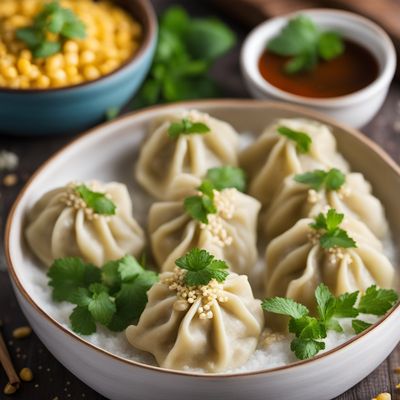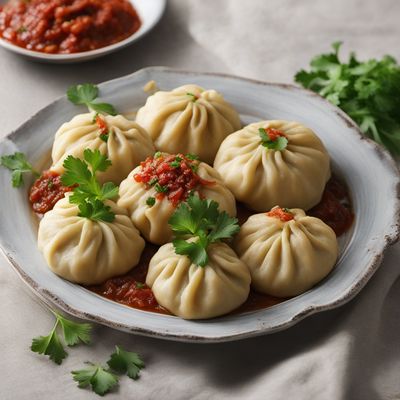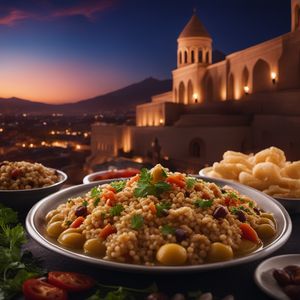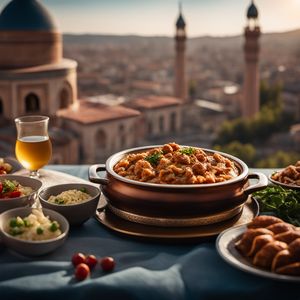
Dish
Khinkali
Khinkali is made by mixing flour, water, and salt to form a dough. The filling is made with ground beef or lamb, onions, garlic, and spices. The dough is rolled out and cut into circles, then filled with the meat mixture. The edges are pinched together to form a pouch, and the dumplings are boiled in salted water. Khinkali is typically served hot, with a side of sour cream or yogurt for dipping. It is a hearty and flavorful dish that is perfect for cold weather.
Origins and history
Khinkali originated in the mountainous regions of Georgia, where it was a staple food for shepherds and travelers. It is now a popular dish throughout Georgia and neighboring countries, such as Armenia and Azerbaijan.
Dietary considerations
Khinkali is not suitable for vegetarians or vegans, as it contains meat. It is also not gluten-free, as it is made with wheat flour.
Variations
There are many variations of khinkali, including vegetarian versions filled with mushrooms or cheese. Some recipes also call for the addition of herbs or spices to the filling.
Presentation and garnishing
Khinkali is traditionally served on a large platter, with the dumplings arranged in a circular pattern. The dish can be garnished with fresh herbs, such as parsley or cilantro.
Tips & Tricks
To eat khinkali, hold the dumpling by the top knot and take a small bite from the side. Suck out the broth, then enjoy the rest of the dumpling. Do not eat the top knot, as it is used as a handle to hold the dumpling.
Side-dishes
Khinkali is often served with a side of pickled vegetables, such as cucumbers or tomatoes. It can also be served with a salad or soup.
Drink pairings
Khinkali pairs well with Georgian red wine, such as Saperavi or Mukuzani. It can also be enjoyed with a cold beer.
Delicious Khinkali recipes
More dishes from this category... Browse all »
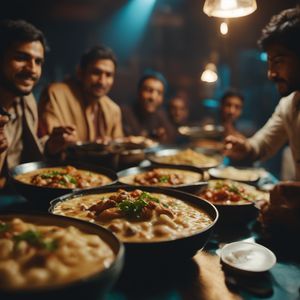
Afghan mantu
Afghan cuisine

Age gyoza
Japanese cuisine
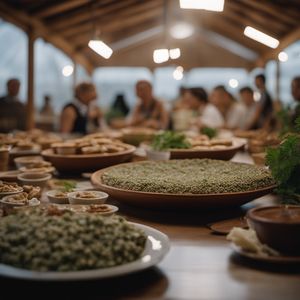
Ajdovi krapi
Slovenian cuisine

Ajdovi štruklji
Slovenian cuisine

Alivongvong
Lao cuisine
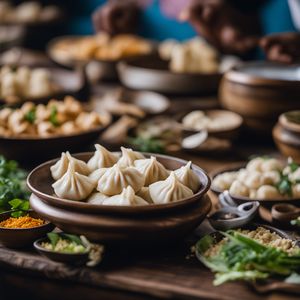
Amadombolo
South African cuisine
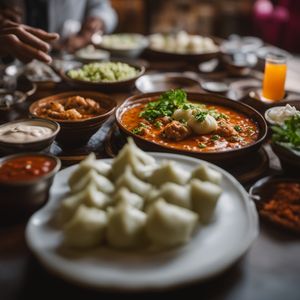
Aushak
Afghan cuisine

Ba wan
Taiwanese cuisine
